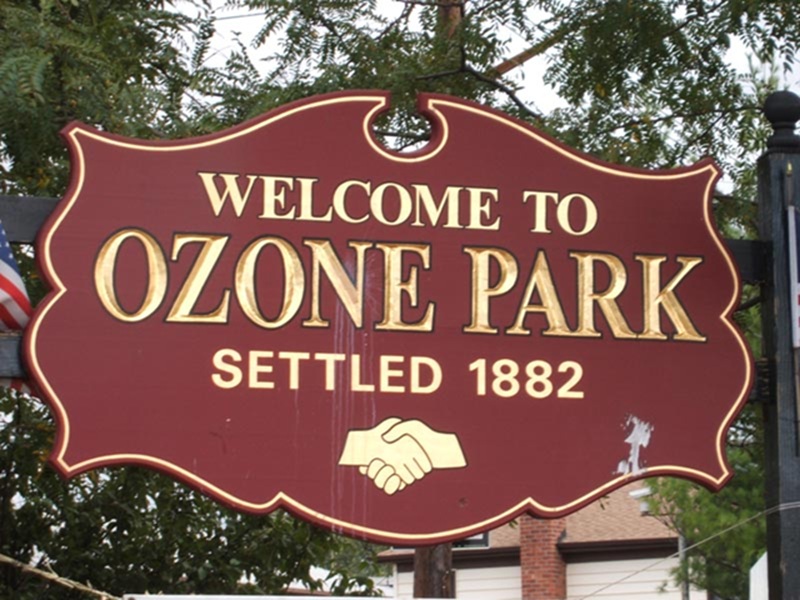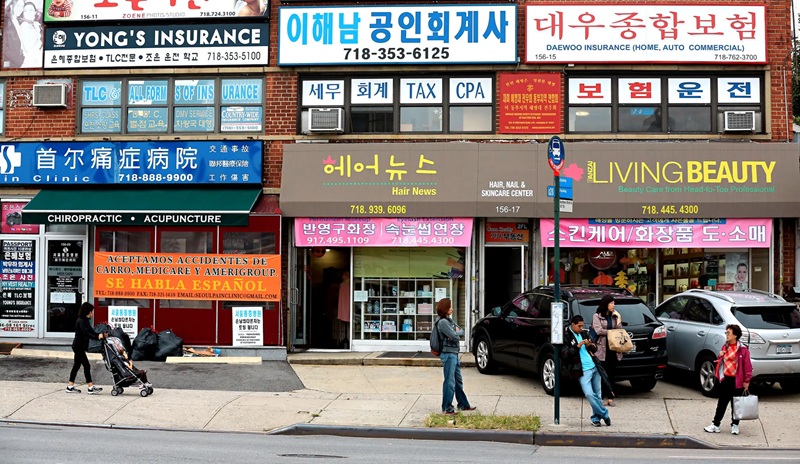
Located in the southern section of Queens, South Ozone Park is a neighborhood known for its tight-knit community, cultural diversity, and proximity to some of the borough’s most significant transportation hubs. While often overshadowed by more well-known Queens areas like Astoria or Flushing, South Ozone Park has a character all its own—a mixture of suburban tranquility with urban accessibility. With its affordable housing, evolving infrastructure, and deep sense of community, South Ozone Park has become a desirable location for many people seeking an affordable and connected neighborhood in New York City.
Overview of South Ozone Park
South Ozone Park is bordered by neighboring areas like Ozone Park, Howard Beach, and Richmond Hill. Situated just east of the major thoroughfare of Liberty Avenue, the neighborhood is home to a mix of residential streets, commercial areas, and open spaces. Its location places it in proximity to key transportation routes, including the Belt Parkway and several subway and bus lines, which makes it convenient for commuters.
The neighborhood is often referred to as a residential “oasis” in Queens, as it provides more spacious living than the denser, more urban sections of the city. With a population that includes a mix of long-time residents and newcomers, South Ozone Park has seen a gradual transformation in recent years, attracting families, young professionals, and those who are seeking an affordable yet connected place to live.
Historical Background and Development
South Ozone Park, like many of the surrounding neighborhoods in southern Queens, developed significantly in the early-to-mid 20th century. Historically, much of the area was farmland and rural property, as Queens was less developed compared to other boroughs. As New York City began to expand, South Ozone Park transformed into a middle-class neighborhood, with many homes being built after World War II to accommodate the growing demand for housing.
The area experienced a boom in residential development in the 1940s and 1950s, with modest homes and apartments being built to house families moving from Brooklyn and Manhattan in search of more affordable living spaces. Over time, the neighborhood began to attract a diverse range of residents, particularly immigrant populations from Latin America, the Caribbean, and South Asia. This diversity continues to be a defining feature of South Ozone Park today.
In recent years, there has been an increase in housing development and commercial growth, especially along Liberty Avenue, a major commercial corridor in the area. With rising property values across Queens, South Ozone Park has become more attractive to both developers and homebuyers, making it a desirable neighborhood for investment and residential growth.
Cultural and Community Diversity
South Ozone Park is a true melting pot, with a rich diversity of cultures, languages, and traditions. The neighborhood is home to a large Caribbean community, particularly people of Jamaican, Trinidadian, and Guyanese descent, along with a growing South Asian population, particularly from the Indian subcontinent. Additionally, South Ozone Park has a sizable African American and Latino population, creating a vibrant cultural landscape.
This cultural diversity is evident in the local businesses, restaurants, and churches. For example, Liberty Avenue features a number of Caribbean shops and eateries, offering authentic dishes and goods. The neighborhood is also home to a variety of cultural and religious institutions, such as temples, mosques, and churches, which foster a sense of community and belonging for residents of different backgrounds.
South Ozone Park’s rich diversity is also reflected in its celebrations and festivals, such as the annual West Indian Day Parade, where residents come together to celebrate Caribbean culture, music, and traditions. These events help build bridges between different communities, creating a strong sense of local pride.
Real Estate and Housing Trends
One of the key attractions of South Ozone Park is its relatively affordable real estate market. Compared to other parts of Queens and the city, housing in South Ozone Park tends to be more affordable, making it an attractive option for first-time homebuyers, young families, and renters.
The area offers a mix of housing types, including single-family homes, multi-family homes, and smaller apartment buildings. Many of the homes are modest in size but provide more space and yard area than can be found in other parts of the city, appealing to those seeking more suburban-like living within New York City. In recent years, home values have risen as more people discover the neighborhood’s advantages, leading to an increase in renovations and new construction projects.
While the neighborhood has historically been considered affordable, there are growing concerns about gentrification and how it might affect long-time residents. As the city expands and the demand for housing in areas like South Ozone Park increases, developers are likely to continue to invest in the area, bringing both opportunities and challenges.
Transportation and Accessibility
South Ozone Park’s location provides excellent access to transportation, making it a convenient place to live for commuters. The neighborhood is served by the A and C subway lines, which connect residents to major hubs like downtown Brooklyn and Manhattan. Additionally, the Q7, Q41, and Q53 bus lines offer further connections to other parts of Queens and the city.
For those traveling by car, the Belt Parkway and Van Wyck Expressway are easily accessible from South Ozone Park, providing direct routes to both JFK International Airport and the rest of the city. The airport’s proximity is especially convenient for people working in the airline industry or those who travel frequently.
Parks and Recreation
While South Ozone Park is primarily a residential area, it offers residents access to several green spaces and recreational areas nearby. Charles Park, a small neighborhood park, provides a place for relaxation, jogging, and outdoor activities. The nearby Jamaica Bay Wildlife Refuge offers a larger nature reserve, providing scenic walking trails, birdwatching, and opportunities for outdoor activities in a tranquil environment.
Additionally, Forest Park, which lies to the northwest of South Ozone Park, is a much larger green space offering sports fields, picnic areas, and scenic hiking paths. The park is a popular destination for families and outdoor enthusiasts.
Challenges and Future Prospects
Despite its many strengths, South Ozone Park faces several challenges. Like many neighborhoods in Queens, there is the issue of gentrification, which could potentially drive up housing prices and displace long-standing residents. While the neighborhood is relatively affordable for now, rising development could make it less accessible for people who have lived there for decades.
Additionally, South Ozone Park faces concerns related to crime and community safety. While crime rates have decreased in recent years, local organizations continue to work toward building a safer environment for families and residents.
Nevertheless, South Ozone Park’s future is promising. With its affordable housing options, growing diversity, and ongoing development, the neighborhood is becoming an increasingly attractive place to live for those seeking a suburban feel with the benefits of urban living.
Conclusion
South Ozone Park is a dynamic and evolving neighborhood that offers a sense of community, cultural diversity, and convenient access to transportation and amenities. With its affordable real estate market, rich cultural heritage, and proximity to New York City’s major attractions, it is a place that continues to attract residents from all walks of life. As the neighborhood grows, it will likely face challenges related to development, but its resilience and tight-knit community ensure that South Ozone Park will remain a vital and important part of Queens for years to come.

